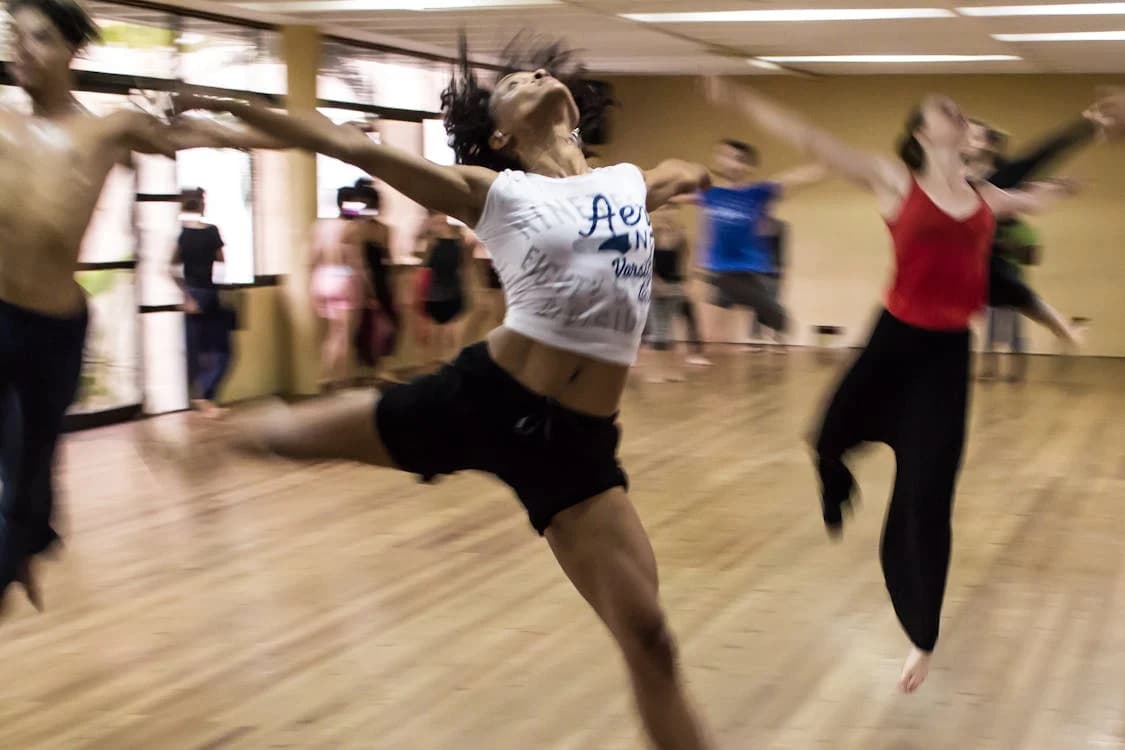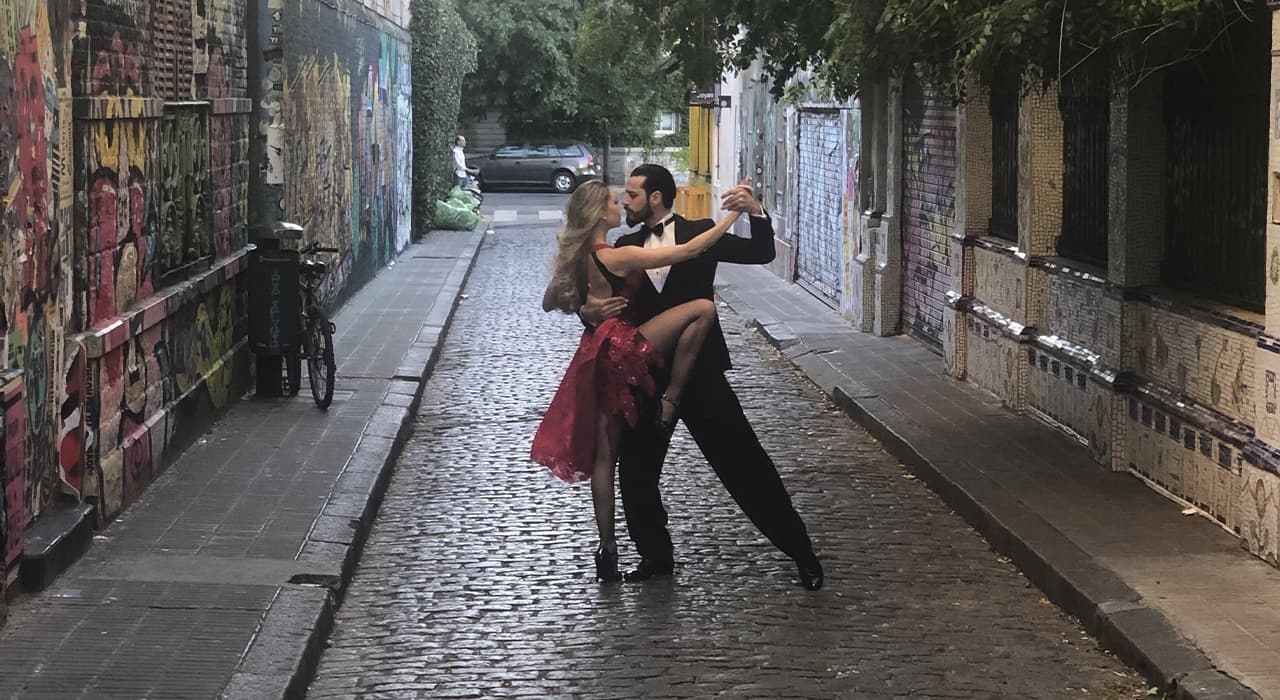At first glance, modern dance and online games might seem like distant cousins at best—one rooted in physical expression and artistic intent, the other born of code and competition. But looking closer, something fascinating emerges: both are built on rhythm, risk, and the promise of reward.
The sensations are strikingly similar, whether you’re leaping across a stage or watching a token drop down a digital board. There’s timing. There’s anticipation. And above all, there’s the undeniable thrill of not knowing exactly what comes next.
Rhythm as Structure and Freedom
Modern dance thrives on rhythm—not always strict, metronomic beats, but pulses that shape space, breath, and movement. The dancer listens, interprets, and sometimes defies rhythm to create tension and meaning.
Likewise, rhythm is essential in digital games. It lives in the pacing of levels, the beat of user inputs, and the feedback loops between action and response. In rhythm-based games, it’s overt. In strategy or chance-based games, it’s more psychological—but always present.
Both invite us to sync with something outside ourselves to ride the wave of structured unpredictability.
Risk: The Engine of Engagement
Risk is not just present in dance and games—it’s the point.
On stage, risk lives in every improvisation, leap into space, and live performance where anything might go wrong. Risk is what gives the moment its urgency, tension, and aliveness.
In digital gaming, risk comes in many forms—strategic choices, unpredictable outcomes, or simply the click that could lead to loss or gain. The thrill is not just in winning but in the uncertainty, the commitment to a move that might go either way.
There’s a reason dancers and gamers describe the experience as “electric.”
Reward: More Than Just the Win
The rewards in dance are emotional, aesthetic, and deeply personal. The release after a well-executed sequence, the connection to music, to the audience, to self—it’s a kind of payoff that doesn’t come in points—but it’s real.
In games, rewards are more literal—levels cleared, points earned, jackpots won. But the psychological cycle is the same: tension, action, resolution. And in both worlds, the reward is sweeter because of the risk that came before it.
Consider a classic chance-based game where timing and suspense are everything. A recent Plinko slot review describes how players drop a disc down a vertical board, watching it bounce unpredictably toward various prize slots. It’s pure physics meets luck—but what keeps people returning is the rhythm of the drop, the rising tension, and that final moment of reveal.
It’s not so different from the arc of a well-crafted dance.
Why Both Speak to Human Instinct
At their core, both dance and games touch on something ancient. We are rhythmic creatures. We crave challenge and love the thrill of the unknown. We seek out patterns—and revel in moments when those patterns break.
Modern dance and digital play meet us there. They offer spaces where logic and intuition coexist, precision matters, risk is welcome, and reward is never guaranteed but always pursued.
They’re not just entertainment—they’re rehearsal for life.
Final Thoughts
The lines between artistic experience and interactive play are blurrier than ever. As gaming becomes more immersive and dance finds new expression in digital spaces, the shared language of rhythm, risk, and reward becomes more apparent.
So the next time you’re watching a dancer balance on the edge of gravity—or holding your breath as a token bounces unpredictably toward a prize—know that you’re witnessing the same ancient thrill, just in a modern form.
And maybe that’s why we keep returning to both.



